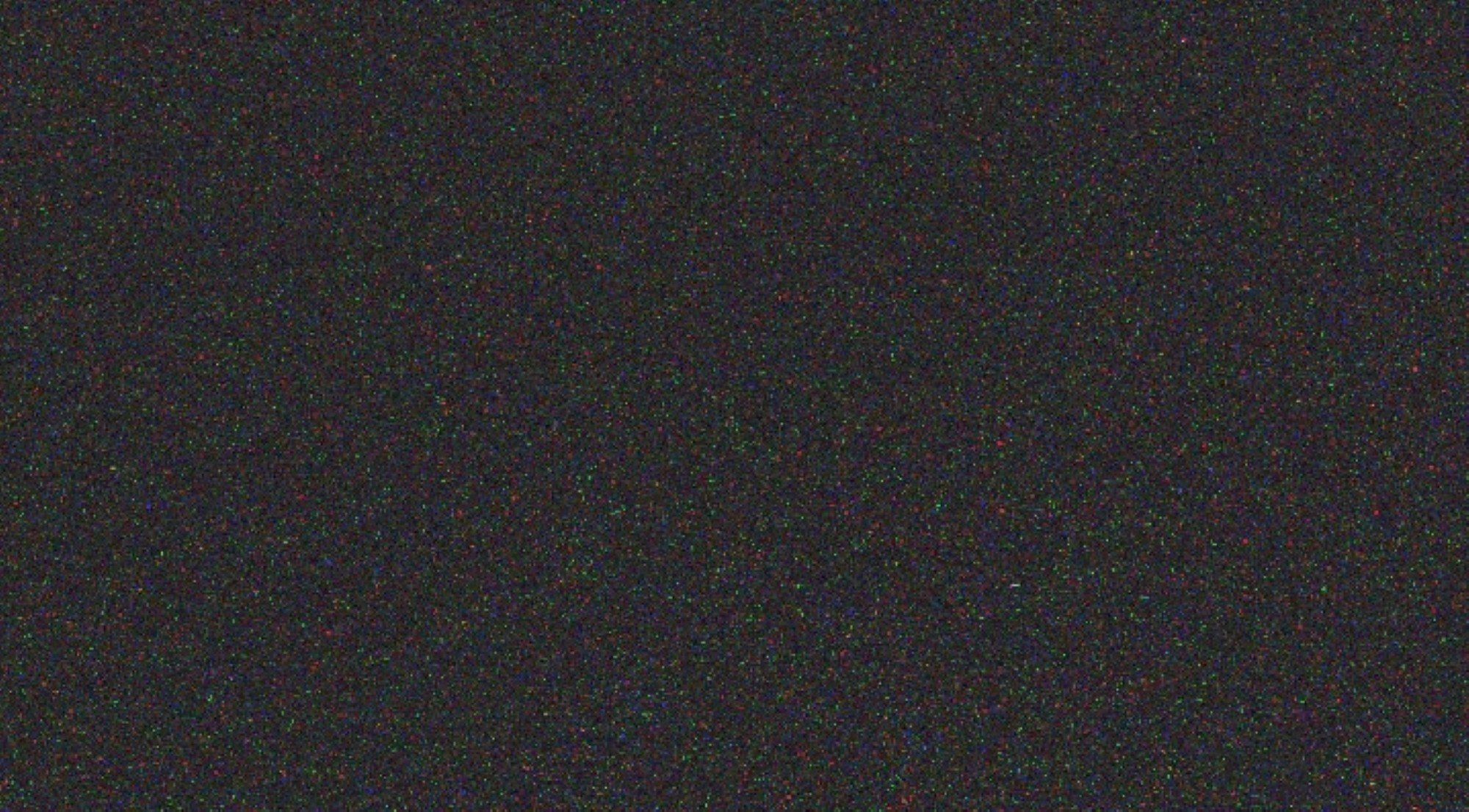For anyone interested in the new ZWO ASI585MC Pro when used for long exposure DSO imaging, I have been testing out the noise levels etc when used for much longer than usual exposure lengths for this cooled 585 sensor. This camera sensor uncooled was used primarily at very, very short exposure lengths and it rocks for planetary and lunar lucky imaging. But I wondered how calibration frames would look when exposures were much longer than the typical for this sensor.
Today, I did some various testing of the ASI585MC Pro camera all based on typical DSO exposure length darks to see where my settings need to be for lights. I had previously noticed that at HGC gain of 252, all exposures over 60s had a severe amount of hot pixels. So I wanted to find out if at Unity gain of 198… if things would get better… and it sure did!
The information I gathered was interesting and is based solely on how the darks looked at various gains and exposure lengths. From my testing of darks, I will not be using HGC mode in my near future for my 120s to 300s exposures with my dark B4 skies and average f5.6 scope.
I compared read noise of Gain 0, 150, Unity and HGC and above. I compared dark current effects and fixed pattern noise changes based on -16C, -10C, 0C sensor temperatures and total amount of hot pixels at each combination. I shot 30s, 60s, 90s, 120s, 180s and 300s exposures of each combination to determine what combination looked the cleanest and with the least hot pixels for my 6 exposure lengths.
Tests were based solely on pattern noise and standard amount of average hot pixels compared to my cooled 183, 533 and 2600 cameras. This is not a scientific test by any means as my sensor may be different than others and my final verdict will be combining my calibration frames with lights when my skies clear.
The best and most uniform dark gain setting/ cooling setting with the similar and normal average amount of hot pixels compared to my 3 other new and old cooled cameras for my 6 exposure lengths are…
Less than 60s - HGC 252 @-10c
60s - Unity Gain 198/HGC 252 @-10c Tied
90s - Unity Gain 198 @-10c
120s - Unity Gain 198 @-10c
180s - Unity Gain 198/Gain 150 @-10c Tied
300s - Unity Gain 198/Gain 150 @-10c Tied
The 180s and 300s dark sub exposures at HGC Gain 252 at all temperatures were absolutely covered with hot and warm pixels and 0 Gain was noisy too. I will be testing the lights along with adding A FWC variable using just a UVIR Cut filter on galaxies and checking for over saturation at all exposure lengths. For those skipping darks… you may wonder why your images are noisy at HCG… you may want to rethink using HGC or skipping darks with this new camera. I will neither confirm nor deny anything carved in stone until I do my lights, but it was an interesting test.
I was very suprised by the huge increase in hot pixels once HGC was activated and maybe ZWO can look into this as it may be an issue with such low FWC. Maybe people who now have both version may want to compare HGC gain 252 with 180s exposures which is typical for DSO imaging.
Cheers,
Kevin_A
Sample 1/3rd crop low resolution 300s exposures at -10c (120s, 180s images have very similar hot pixel levels) - no amp glow at any gain and exposure lengths.
0 Gain
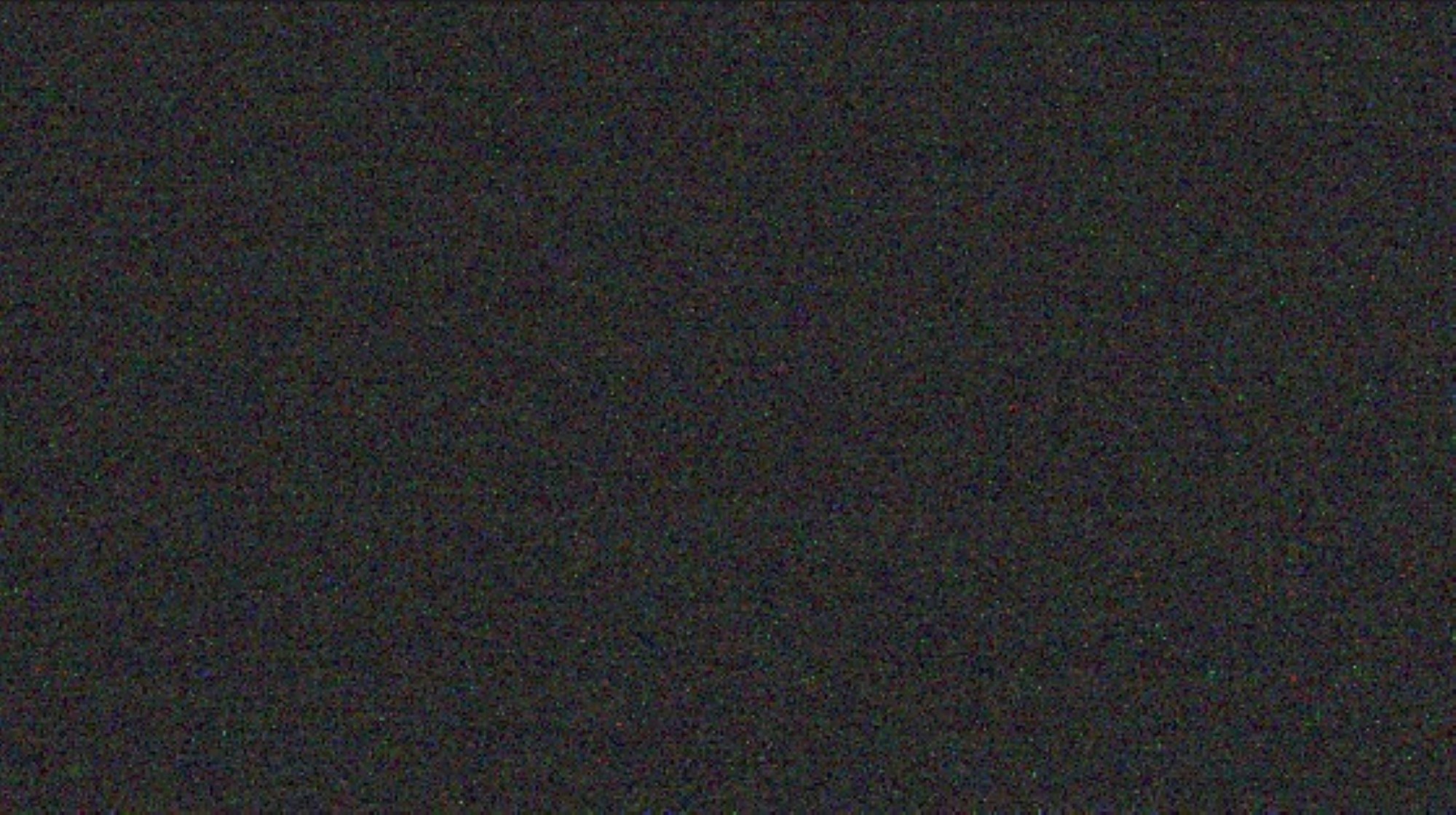
150 Gain
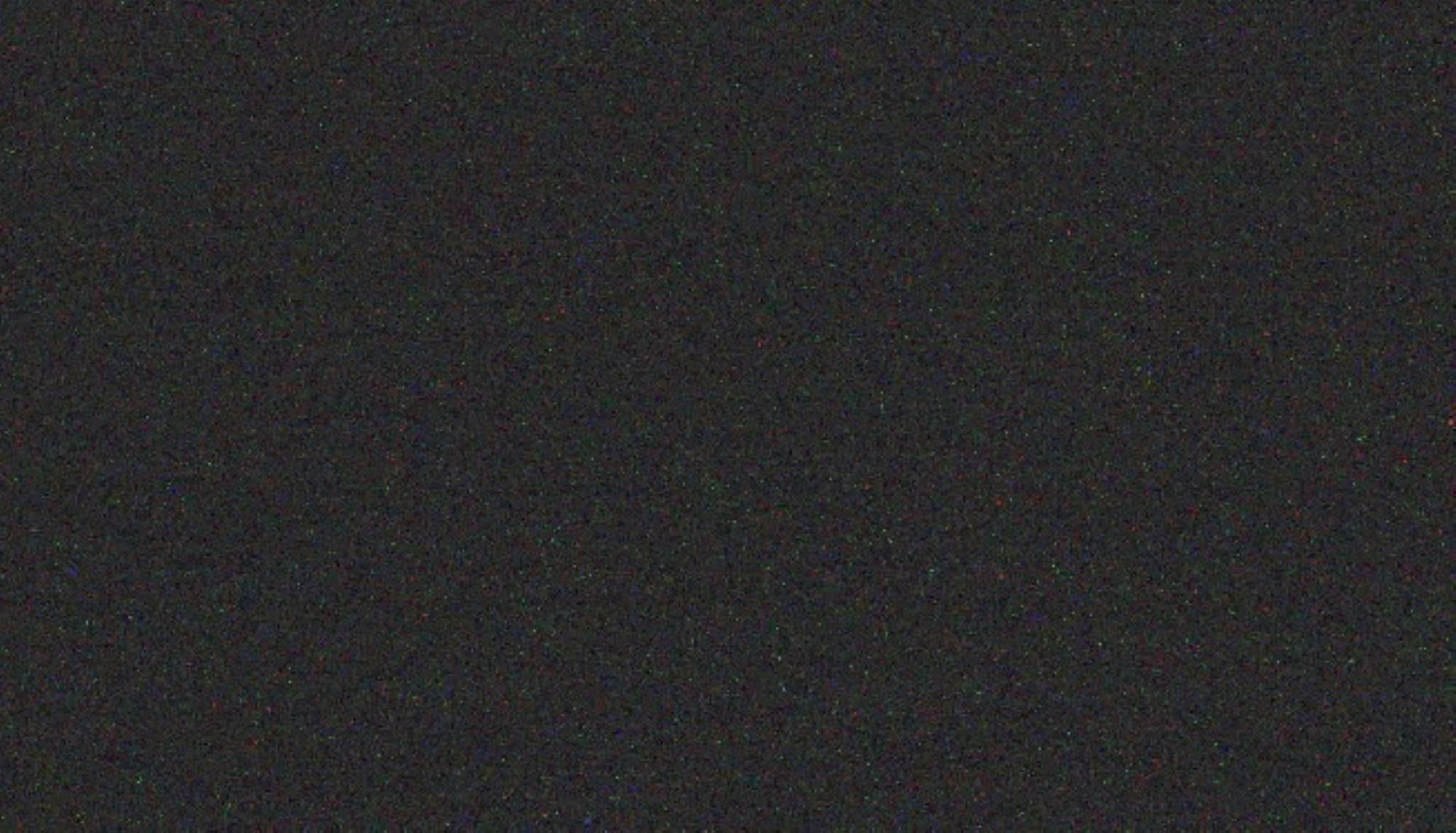
198 Unity Gain
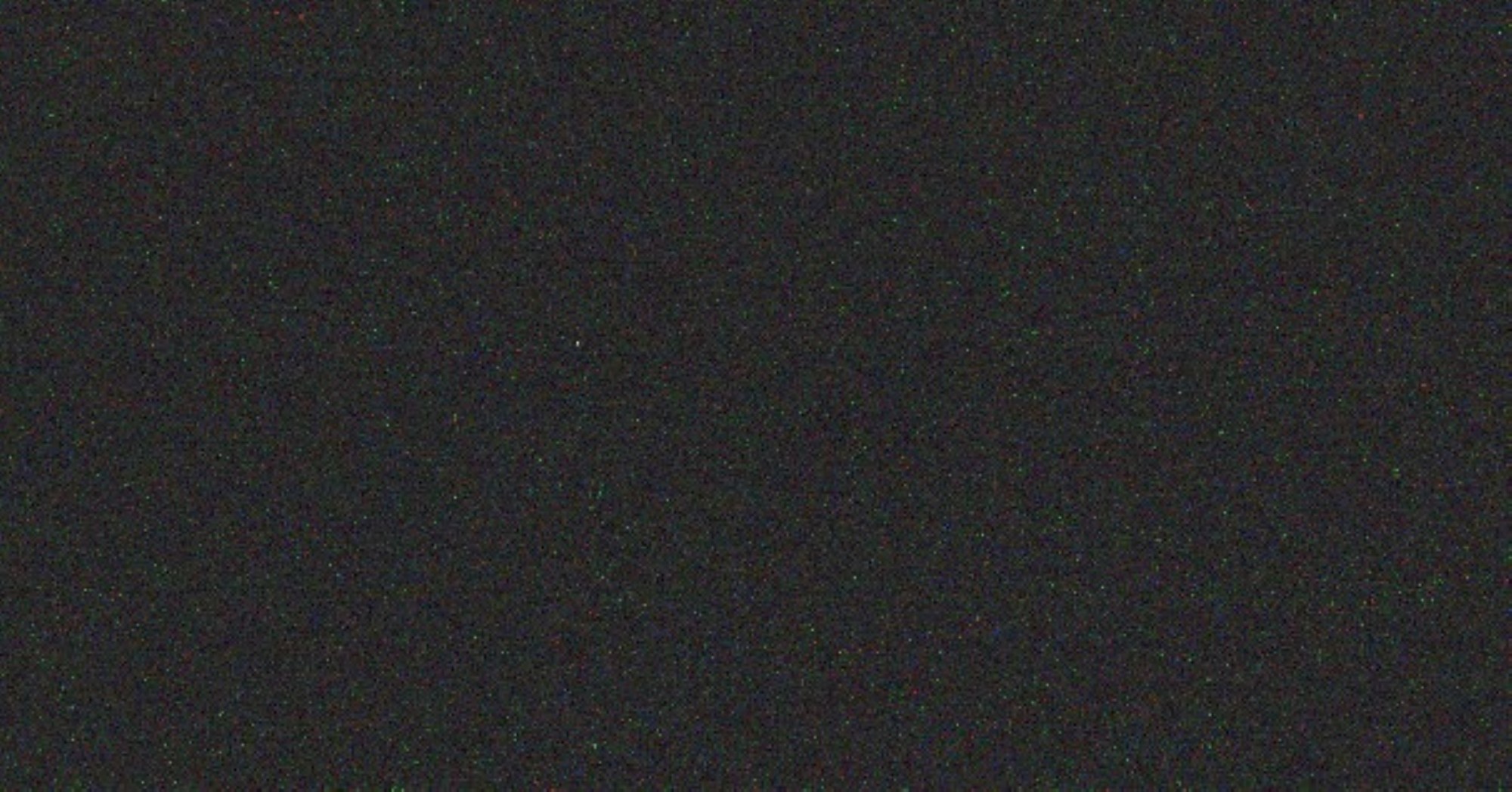
252 HGC Gain
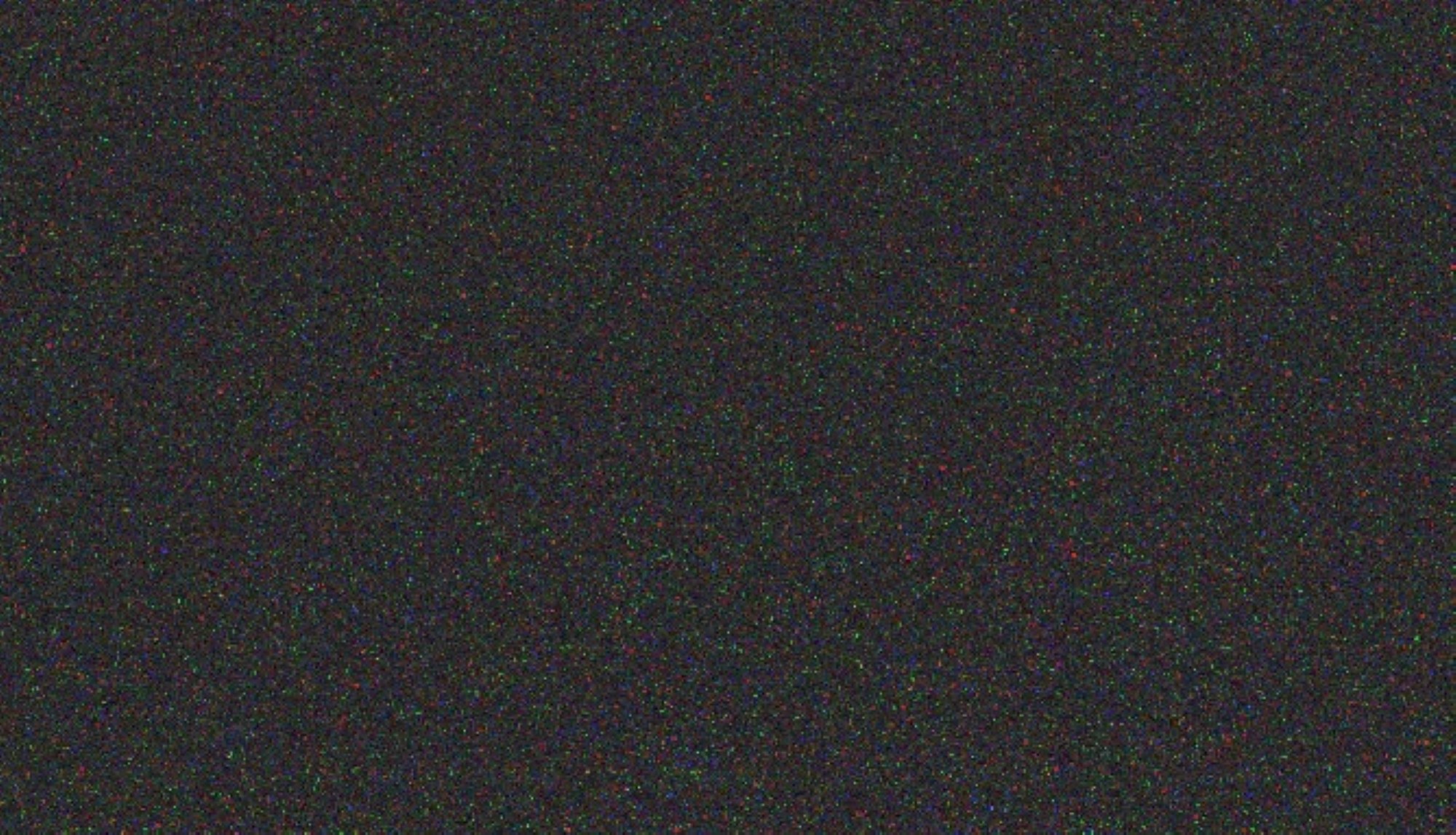
300 Gain
